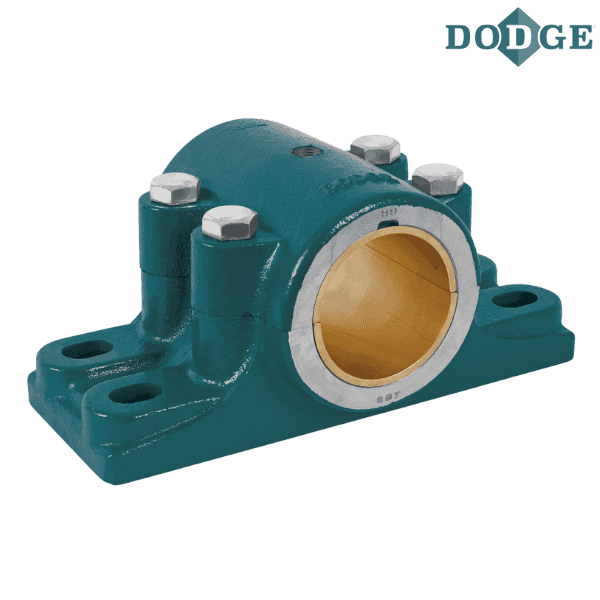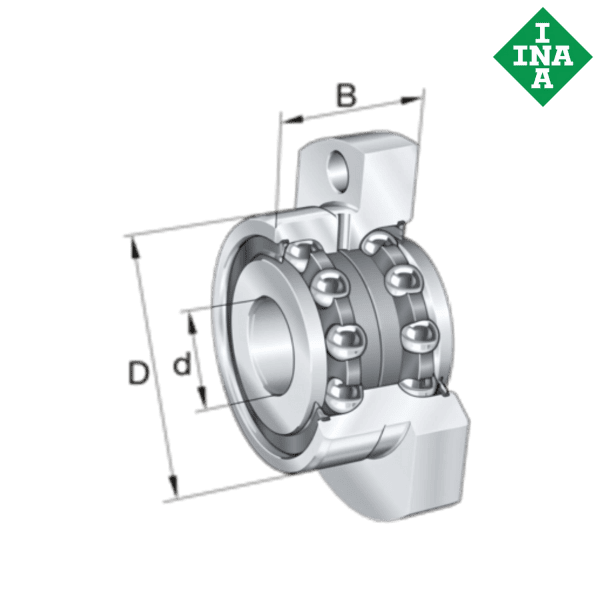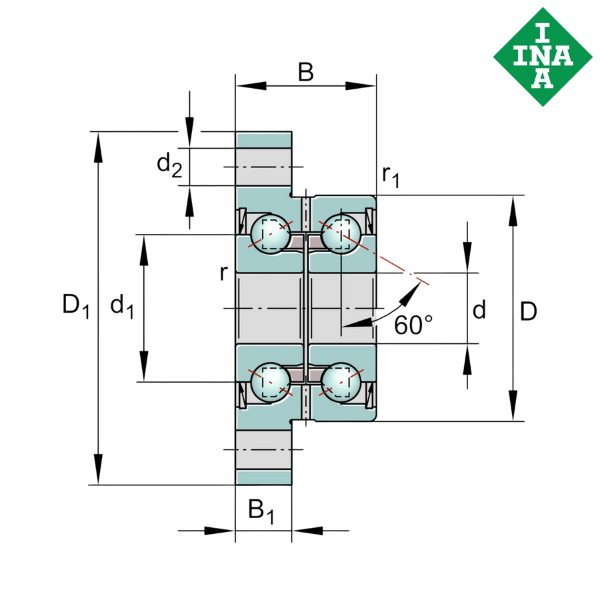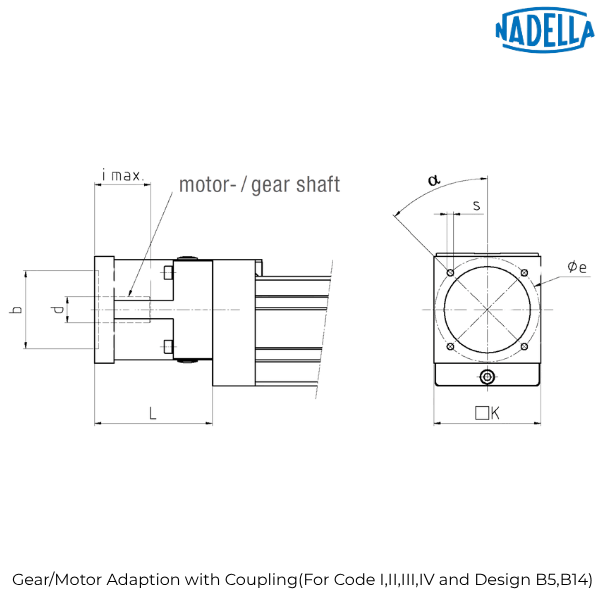Why heat treatment and coating in bearings matters?
Rolling bearings operate in some of the most demanding mechanical environments—handling high loads, resisting wear, and maintaining dimensional integrity over time. Achieving this performance requires more than just precision machining; it depends heavily on heat treatment, hardening techniques, and surface coatings. Here's a breakdown of how these treatments enhance bearing durability and function.
Why Heat and Surface Treatment Are Critical
Rolling bearing rings and elements must possess three essential characteristics:
• Fatigue resistance to prevent surface and internal cracking
• Toughness to withstand continuous mechanical loads
• Dimensional stability to minimize changes over time
These attributes are not inherent to raw materials alone—they are achieved through specific heat and surface treatment processes.
Hardening Methods for Bearings
Hardening strengthens bearing components by altering the structure of the steel. SKF uses three common hardening techniques:
1. Through-Hardening
• The most standard method
• Hardening is applied throughout the entire cross-section
• Offers consistent fatigue and wear resistance
2. Induction-Hardening
•
Selectively hardens the raceway surface (where rolling contact occurs)
• Keeps the rest of the component structurally intact
• Useful where fatigue resistance is needed without compromising bulk integrity
3. Case-Hardening
• Hardens only the outer surface of the component
• Used for parts like bearing rings that face shock loads
• Maintains a tough, impact-resistant core with a hardened exterior
Dimensional Stability Under Heat
Bearings can expand or deform slightly due to extreme temperatures or metallurgical changes. To minimize these effects, heat treatments are applied to stabilize dimensions. Bearings are classified into various stability classes depending on their application needs as shown in the table below.
| Stabilization Class | Stabilized up to (°C) | Stabilized up to (°F) |
| SN | 120 | 250 |
| S0 | 150 | 300 |
| S1 | 200 | 390 |
| S2 | 250 | 480 |
| S3 | 300 | 570 |
| S4 | 350 | 660 |
Surface Treatment & Coatings
Surface coatings offer additional functionality, especially in challenging operating environments. Common industrial coatings include:
• Zinc chromate
• Black oxide
Advanced SKF Coatings:
• INSOCOAT®: This bearings feature an aluminum oxide insulating layer on the external surfaces of either the inner or outer ring. This coating helps prevent the passage of electric current through the bearing, protecting equipment from electrical damage.
• NoWear™: This coating is designed to boost the wear resistance of raceways and rolling elements. It enables bearings to perform reliably under poor lubrication conditions and helps minimize the risk of damage due to low loads over extended operating periods.
Basic bearing designation system

The basic designation indicates:
• The type of bearing
• Its core design
• Its boundary dimensions
Meanwhile, prefixes and suffixes provide details about specific design features or additional components of the bearing.
Conclusion
Behind every high-performance rolling bearing is a science of surface and heat treatments designed to boost strength, resilience, and reliability. Whether through through-hardening, protective coatings like INSOCOAT®, or dimension-stabilizing heat treatment, these enhancements ensure bearings perform under the harshest of conditions.
When choosing bearings for your application, don’t just look at size and load ratings—pay attention to the treatment methods. They make all the difference between average and exceptional performance. For more details visit here.








